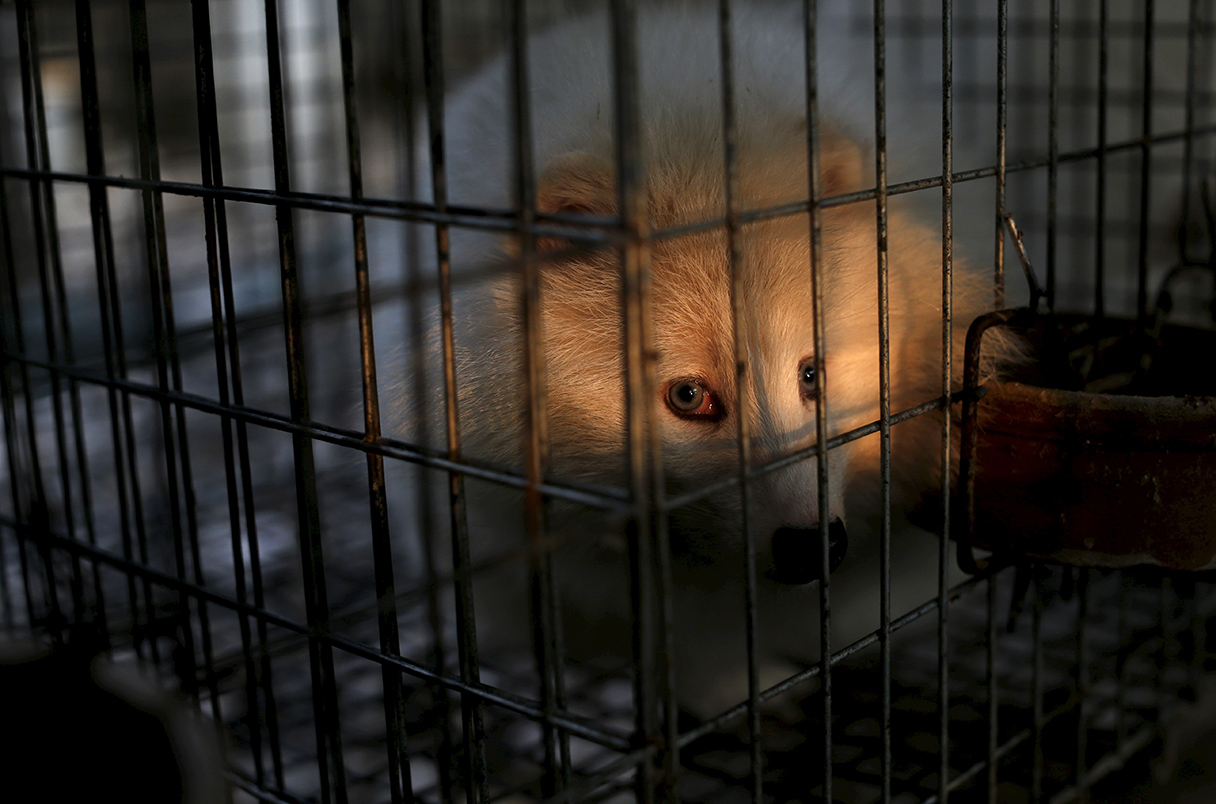News at a glance: Satellite tracks, jailed Russian physicist, and North Korea’s foreign professors

In Focus

Russia jails hypersonics scholar
Russia has locked up another physicist in its 6-year crackdown on experts studying hypersonic flight. Last week, a Moscow court sentenced Alexandr Shiplyuk to 15 years in a maximum-security prison for treason. Shiplyuk, director of the Khristianovich Institute of Theoretical and Applied Mechanics, had been indicted for sharing allegedly secret data at a conference in China in 2017, Reuters reported. Russia, China, and the United States are in an arms race to develop weapons that travel at hypersonic speed, defined as Mach 5 or greater. Until Russia seized Crimea in 2014, top Russian hypersonic experts had collaborated with Western scientists on civilian research. Starting in 2018, Russia began to criminally prosecute some of these researchers, sometimes classifying their work years after military review panels had cleared it to be published in open literature. Shiplyuk is the third physicist from the Siberian institute to be jailed on charges of treason. In an open letter posted in May 2023, after the trio’s arrest, their institute colleagues wrote, “We know each of them as a patriot and a decent person, incapable of doing what the investigative bodies suspect them of.”
North Korea regains foreign profs
Foreign academics are expected to jump-start a bold experiment in higher education as they resume teaching this month at North Korea’s only private university, the Pyongyang University of Science and Technology (PUST). Before the COVID-19 pandemic, PUST, which evangelical Christians founded in 2010, employed about 60 professors from Australia, Canada, China, and several European nations. They taught in English on subjects as diverse as molecular biology, rice breeding, and cloud computing. After North Korea ordered foreigners to leave the country and closed its borders in March 2020 in a vain attempt to keep out SARS-CoV-2, international faculty members advised PUST’s 500 undergraduate and 100 graduate students over Skype. North Korea’s issuance of visas last month to 34 returning foreign faculty and staff members supports one of its few remaining science collaborations with the West. Since 2017, the U.S. government has not allowed U.S. academics to teach at PUST.

The EU is weak in the emerging technologies that will drive future growth.
- Former European Central Bank President Mario Draghi
- in a major new report calling for doubling spending on the European Union’s main basic research funding program to €200 billion over 7 years to help boost the bloc’s declining economic growth.
House bill nixes China funding
A bill approved by the U.S. House of Representatives this week would block U.S. government funding from flowing to five Chinese biotech companies, out of concern the firms may steal intellectual property or funnel health and genetic data of U.S. citizens to the Chinese government. The Biosecure Act would bar U.S. contracts and grants to firms designated as posing security and privacy risks, as well as any entity that uses their services or equipment. It could reduce access to low-cost research services widely used for molecular biology and drug development, says biotech lobbyist Aaron Cummings of Crowell & Moring. The Senate is considering a different version of the bill, and the two chambers would have to craft a compromise version. But the proposal has broad bipartisan support, Cummings says. “This is likely to pass and have a profound impact on the industry.”
Ship to probe Arctic ecosystems

The Tara Polar Station (TPS), a research vessel designed to drift in pack ice across the Arctic Ocean, is scheduled to be launched this month for sea trials. Starting in 2026, the TPS (pictured) is expected to carry out 2-year voyages with up to 18 researchers collecting data mostly about how climate change is affecting Arctic biology, for example, plankton abundance and diversity. Long, repeated scientific cruises across the Arctic are unusual because of cost and logistical challenges, although Germany’s Polarstern research vessel made one in 2019–20. The TPS’s focus on climate change reflects troubling projections that within 20 to 40 years the Arctic will be ice free each summer. The ship was conceived by the Tara Ocean Foundation, which has backed previous oceanic research voyages, and funded mostly by France’s government. The relatively small vessel (26 meters) is designed to minimize interference from ship operations on the research measurements.
Kenyan cattle grazing revisited
Cattle can sometimes coexist with iconic herbivore species in one of Kenya’s premier wildlife reserves, a study has found, challenging the dominant perception that the livestock harm wildlife. Maasai cattle herders, from whose lands the Maasai Mara National Reserve was carved in 1961, are prohibited from grazing their animals in it, but some nevertheless do. Populations of water buffalo, wildebeests, zebras, and other herbivores in the reserve have declined over the past 40 years, and previous studies have pointed the finger at cattle that compete with them for grass and may cause erosion by overgrazing. A research team examined 60 sites monthly from 2018 to 2019 and found that the 6% that contained cattle dung were no worse off ecologically than those of comparable size without cattle, the scientists report this week in the Proceedings of the National Academy of Sciences.
Farmed fur animals carry harmful viruses

Animals bred in China for fur are loaded with viruses that could sicken humans, a study has found. The findings fill a gap in knowledge about viruses in this industry and underscore the need to ramp up surveillance efforts to prevent farmed animals from triggering pandemics, the researchers say. The team analyzed tissues from 461 market animals—including raccoon dogs, foxes, mink, deer, and guinea pigs—from China that had died from disease, finding 39 viruses it deemed at “high risk” of moving between species. Particularly concerning were mink that harbored a bat coronavirus similar to the one that causes Middle East respiratory syndrome in humans, and raccoon dogs carrying a canine coronavirus that has sickened people in Malaysia and Haiti. The tested animals harbored many other viruses known to infect humans, including ones that cause influenza, hepatitis E, Japanese encephalitis, and several that trigger diarrhea. Some researchers—including a co-author of the new study, published last week in Nature—have suggested the COVID-19 pandemic may have spread from SARS-CoV-2–infected raccoon dogs sold at a Wuhan, China, market, but the new paper draws no such connection.
 Print
Print


